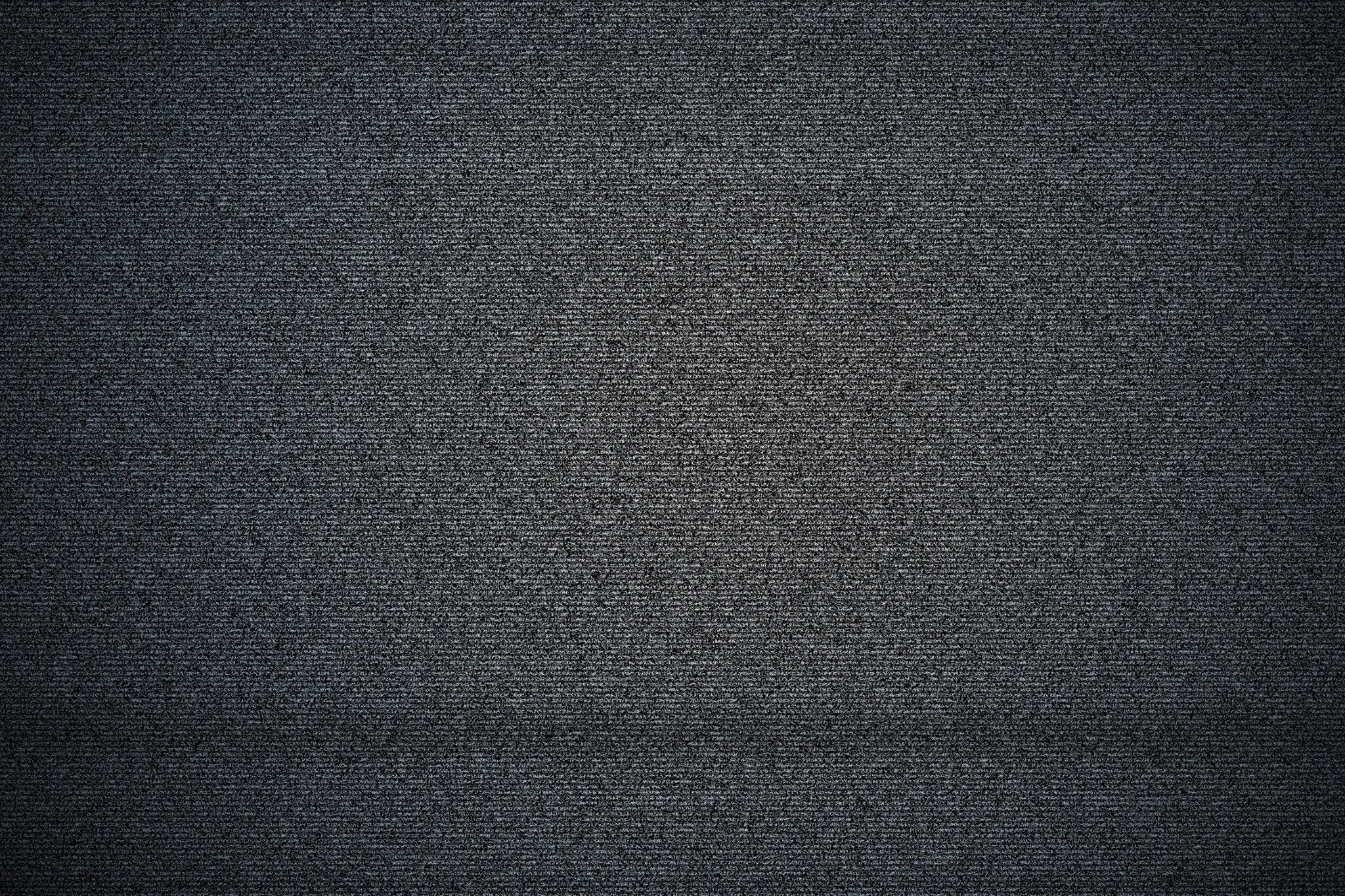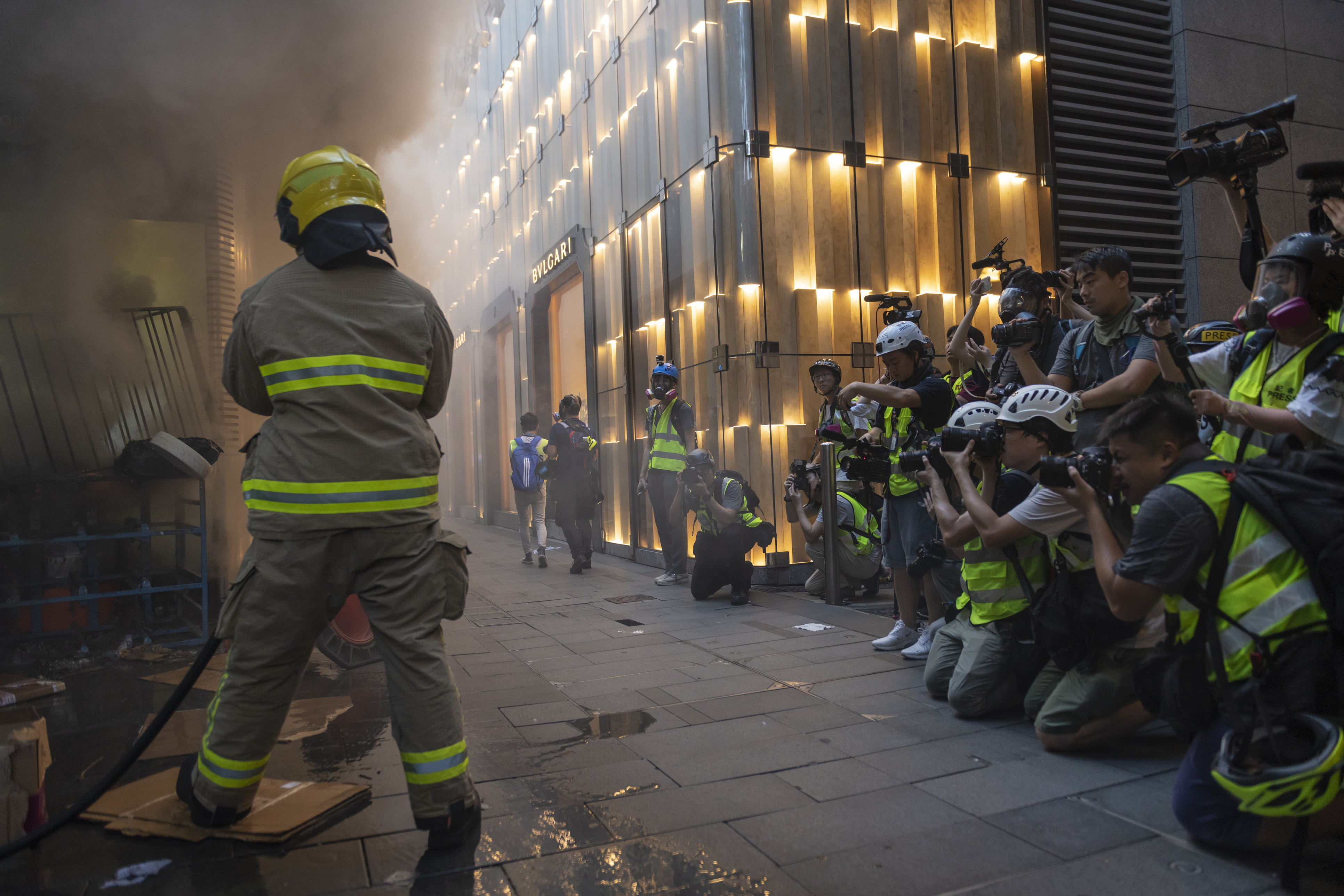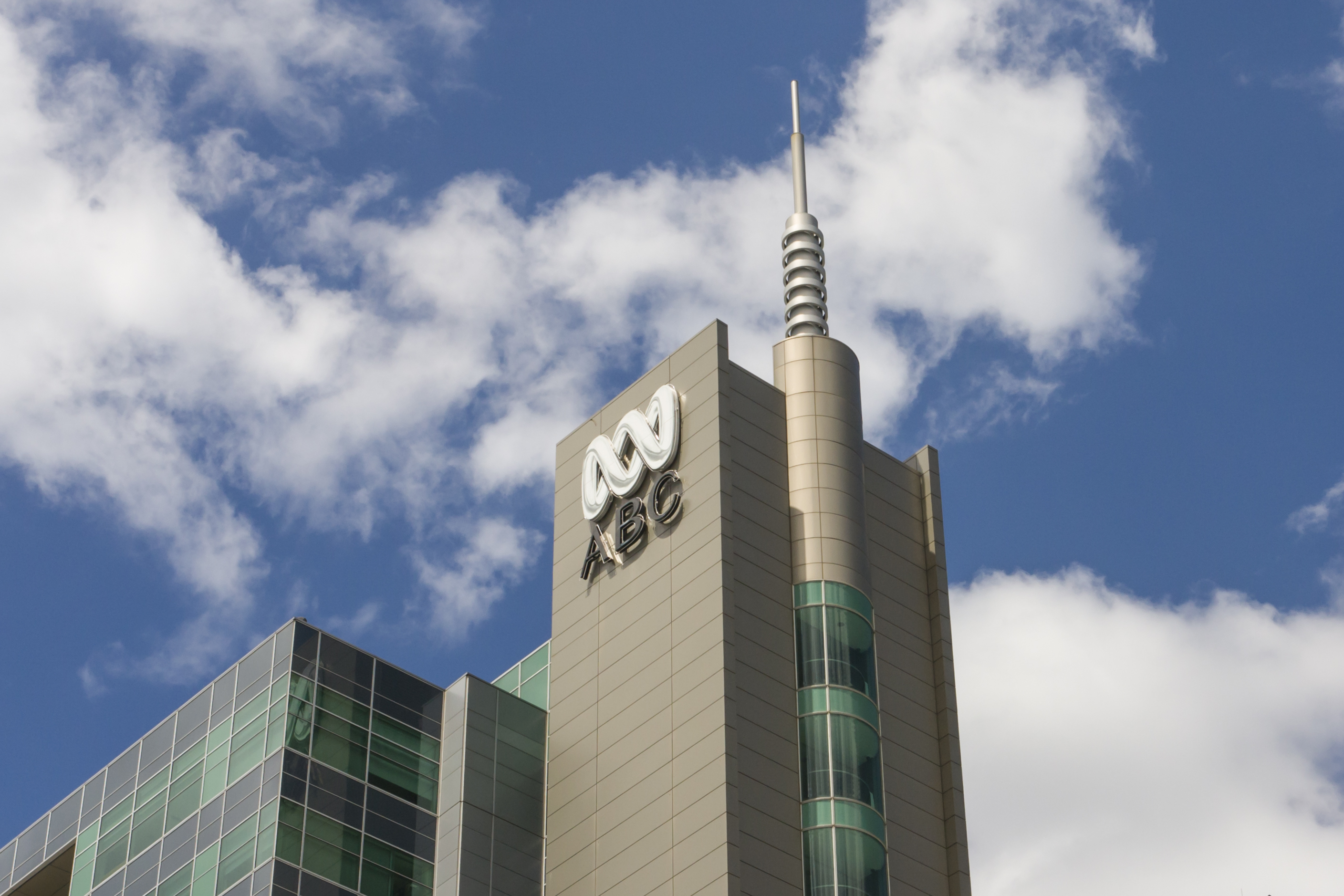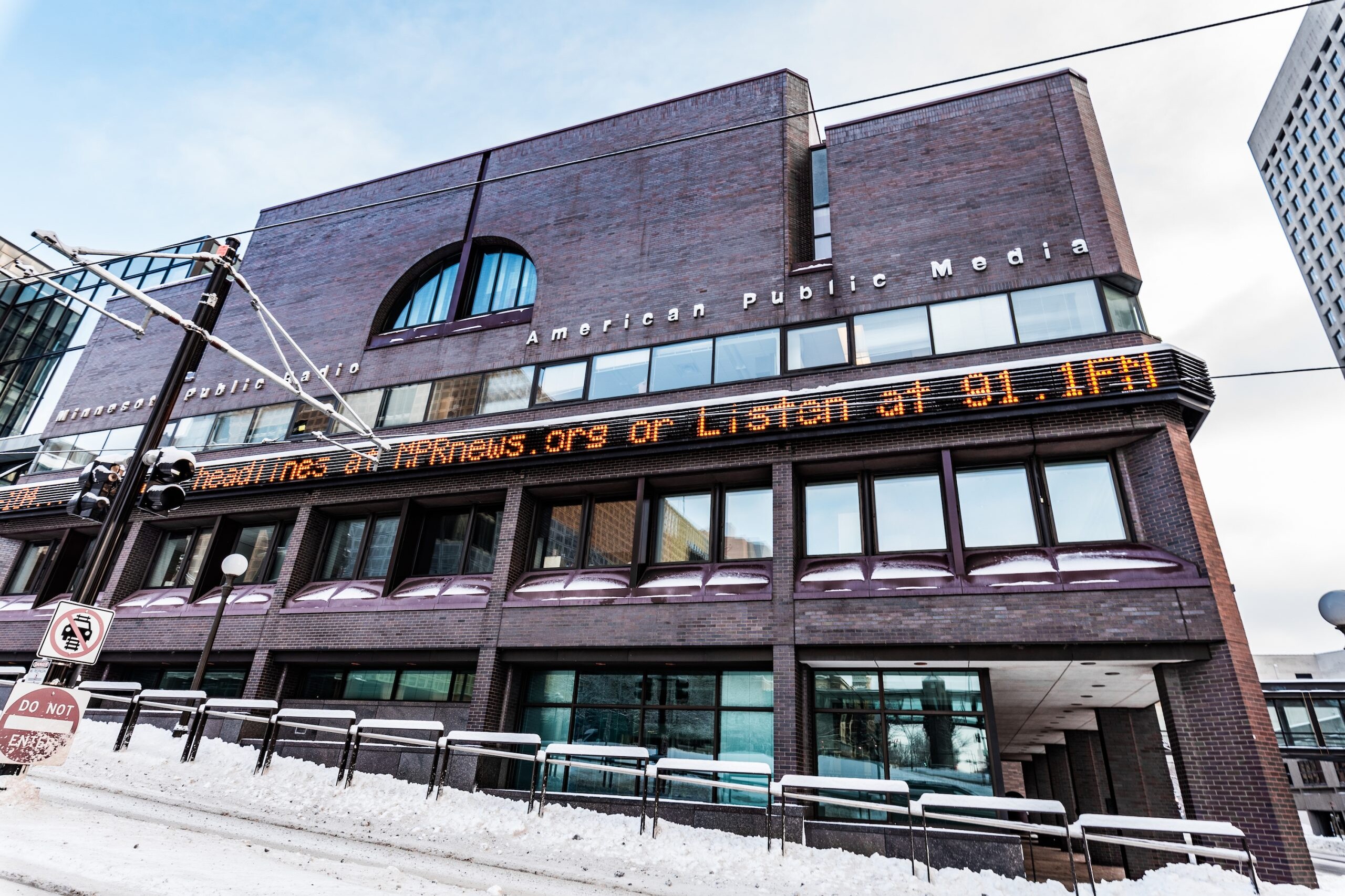As Black Lives Matter protests spread across the United States, journalists are facing an unprecedented number of threats, physical attacks and even arrests by authorities for doing their jobs. It is essential that journalists are allowed to cover these events unimpeded.
As protests continue in reaction to the killing of an unarmed black man, George Floyd, by Minneapolis police officers during an arrest on the 25 May, the number of attacks against journalists by police and security forces protesters has soared.
For many years the United States has enjoyed a position of ‘centre stage’ in global politics. For that reason, what happens in the US is covered by the world’s media, including public media, on a daily basis.
It would seem reasonable for the worlds media to expect that they would be able to report what happens in the US in safety. This expectation seems to be enshrined under the terms of the first amendment of the US Constitution, which states:
“Congress shall make no law respecting an establishment of religion, or prohibiting the free exercise thereof; or abridging the freedom of speech, or of the press; or the right of the people peaceably to assemble, and to petition the government for a redress of grievances.”
But what is currently unfolding in the US demonstrates how quickly media freedom is being eroded in America as well as elsewhere.
According to Nieman Lab, there have been more than 100 attacks on journalists by police in the last four days, while the Committee to Protect Journalists (CPJ) say that no fewer than 125 press freedom violations have taken place since 29 May. These include at least 20 arrests in events that pose a direct challenge to press freedom as well as the United States Constitution.
While some offences have involved protesters, particular attention has been placed on the violations committed by law enforcement despite visible press credentials being worn. In the worst cases, journalists have been targeted by rubber bullets, tear gas and pepper spray. These attacks have been targeted at all journalists, whether they are freelancers, local public media or working for larger media houses.
Over the weekend, CNN reporter Omar Jimenez was arrested live on-air in Minneapolis for no legitimate reason while CBC/Radio-Canada Senior Correspondent Susan Ormiston and her team were shot at with rubber bullets. Yesterday, an Australian news team were assaulted as they recorded footage of the protest in Washington, and on 30 May, photo-journalist Linda Tirado was permanently blinded in her left eye by a rubber bullet.
This is the moment an Australian news crew was punched in the face and hit with a truncheon by US police during a live cross. pic.twitter.com/rIZMoBvQPn
— SBS News (@SBSNews) June 2, 2020
For the second night in a row, a DW reporter was shot at by US police while reporting on #BlackLivesMatter protests in Minneapolis. In a separate incident, the DW crew was threatened with arrest: https://t.co/lsmN2HrG0L pic.twitter.com/BLOjRUXsFz
— DW News (@dwnews) June 1, 2020
#GeorgeFloyd Protests: CBC in Minneapolis#BREAKING CBC Senior Correspondent Susan Ormiston has been shot at with rubber bullets, and as we catch up with her again she and our camera man have to run to get away from the tear gas being fired by police. pic.twitter.com/PVAtLUC1Ta
— Natasha Fatah (@NatashaFatah) May 31, 2020
Local public media reporters have also been reporting incidents from across the US, with many of them experiencing attacks or intimidation despite declaring that they are with the press.
Read more: Public media reporters arrested, face attacks from police while covering protests
While these are just a few examples, Bellingcat investigative reporter, NickWaters, has been tracking some of the most egregious attacks and arrests. While he notes that many of the incidents have occurred accidentally, his cases clearly demonstrate that “law enforcement across multiple cities, but especially in Minneapolis, are knowingly and deliberately targeting journalists with less lethal munitions, arrests and other forms of violence.”
No matter the circumstance, the fundamental role of journalism in any democracy is to inform the public and hold power to account. In a globalised world that means informing global as well as national audiences. Despite the first amendment, it is clear that much stronger protections are needed in the USA for journalists to be able to work in safety.
The Public Media Alliance calls on the US authorities to ensure the protection of all journalists, to enable journalists to fulfil their role effectively.
Resources for covering protests:
- CPJ Safety Advisory: Covering U.S. protests over police violence
- Poynter: 23 guidelines for journalists to safely cover protests
Header Image: CBC/Radio-Canada Senior Correspondent, Susan Ormiston, reporting on the protests in Minneapolis. 31 May 2020. Credit: CBC/Radio-Canada
Related Posts
2nd June 2020
Independent journalism and access to information threatened in the Philippines with the closure of ABS-CBN
Advocates of free press and expression…
29th May 2020
Hong Kong: Growing pressure on editorial independence and press freedom
The editorial independence of Hong…
20th May 2020
CPB requests additional emergency funds from Congress
The Corporation for Public Broadcasting…



